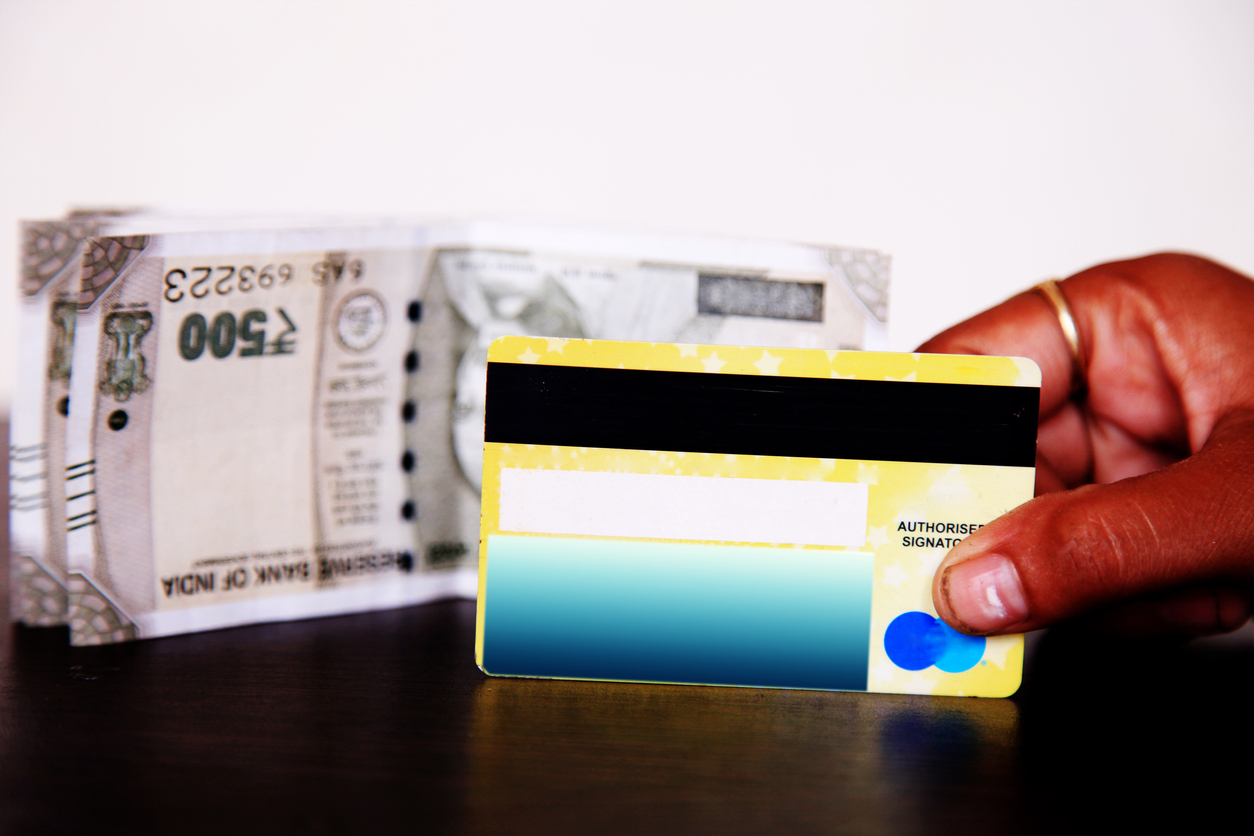- Wednesday, February 26, 2025

By: Shubham Ghosh
MORE than five years have passed since Indian prime minister Narendra Modi had announced demonetisation which many had expected would help facilitate the drive towards digital economy.
However, a recent study has shown that cash is king even when it comes to online shopping in the country, especially among e-commerce customers in the hinterlands.
Last year, nearly two-thirds of online sales were paid in cash, up from what it was in 2017. According to the study by CMS Infosystem, one of the biggest cash handlers for banks in India, one of the main reasons of the continued dominance of cash is the expansion of e-tailers into the country’s rural areas that are home to untapped customers and nearly 90 per cent of the new buyers prefer to choose the ‘cash on delivery’ (COD) option, Indian daily Times of India reported.
“Indians prefer to buy online, but when it comes to payment, they prefer to pay in cash,” Rajiv Kaul, CMS’ executive vice chairman was quoted as saying by the Times.
“Between 2015 and 2020, the market has more than quadrupled in terms of dollar value owing to the prevalence of shopping at online giants. COD is the most used payment method for e-commerce transactions in India.”
In 2020, besides the e-commerce retailers’ expansion into tier-2 and tier-4 cities, COD constituted more than 65 per cent of all e-commerce payments, suggesting the importance of cash for payments in this sector, according to the study.
“COD payments become more prevalent as we move from metropolitan regions to semi-urban to rural areas of India. In the metro areas, approximately 50 per cent of all online transactions are paid through the COD mode, while in tier-2 regions the corresponding figure is approximately 70 per cent and reaches a peak of 90 per cent in tier-4 regions.”
The Times also spoke to industry veterans who said two factors cause the spike in the COD mode of payment.
First, people in the rural areas are yet to get accustomed to non-cash paying options such as cards, digital payments and internet banking.
Secondly, these customers want to see the product they are buying before making the payment.